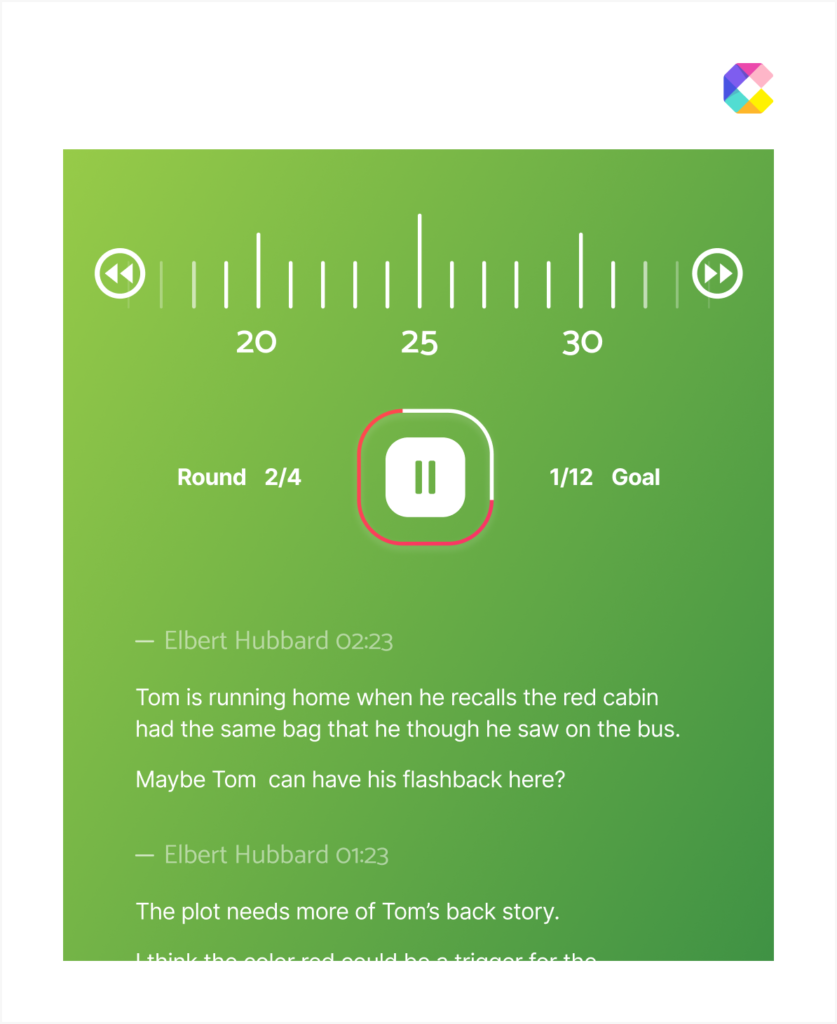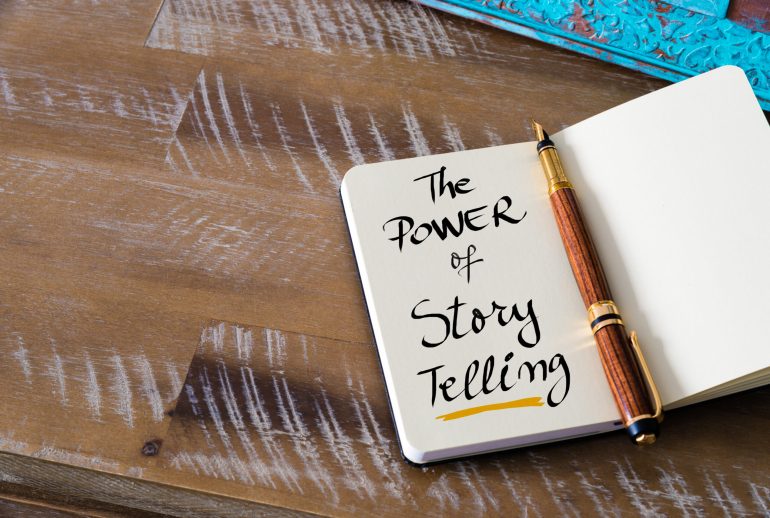This question comes up a lot, so I’m just going to tackle it now: I’ve heard both words used to describe what we’re talking about. Back when traditional publishers ruled the world, the book description was the extended sales copy, while the blurb was shorter (typically a few lines long) to entice the reader to keep reading.
Now, however, they’re interchangeable terms among most people. For clarity, we’re discussing the sales copy that you’ll see on retailers in the product description box that gives an overview of the story in an enticing, exciting way that makes you want to know more.
Now that we’ve got that out of the way, let’s move on.
The order of attraction when buying books
When book shopping, we see the cover and title first. These need to be clear and convey the genre and the story, and they need to draw readers in. Think about it—you wouldn’t click on a cover that looked awful out of anything more than morbid curiosity. Unfortunately, as nice as the sentiment of don’t judge a book by its cover is, our brains aren’t wired that way and that’s a phrase that needs to vanish.
If the cover and title are exciting, then the next thing a reader does is click on it. This brings them to the book description.
A (roughly) good book description (for fiction) should introduce a main character and tell the reader what the main character wants or needs and what stands in their way. Now, genre rules vary, of course, so this is a rough idea of what the description needs, but I challenge you to go look at the top selling books in your category and see if they answer these questions.
Nonfiction plays by a different set of rules, of course. Typically, you get an introduction to what the book is about, why you should trust the author, and a list of the things covered as well as a strong call to action. Again, this is a rough idea, but if you go read several nonfiction descriptions, you’ll likely see this pattern.
Now, when it comes to activity books, low content books, coloring books, and so on, there are specifics that might not fit these loose rules. But if you look at enough of them, you can start to see patterns and understand what constitutes a good book description for each genre.
The point is that, if the title and cover draw in the reader, the sales copy is the final step to enticing them to buy the book.
And yes, I know I’m leaving out reviews, but I think they’re such a variable it’s not a solid tool for determining reader behavior.
So how important is the book description?
Well, very.
Here’s a breakdown for you to consider (for fiction novels):
A boring book description can turn readers away before they fork over their hard-earned cash, no matter how beautiful or perfect a cover is for the simple reason that, if you’re a masterful storyteller, then a description should reflect that, right? (And this might not be fair, because writing descriptions isn’t the same as being a great novel writer. Just like a great writer isn’t an editor, or an expert cover designer. But it’s the way readers will think, most of the time.)
A description with typos might make a reader worry the book is unedited or filled with typos and errors.
A description that’s a list of facts about the book might make readers think that not a lot of time or effort went into the description… or the book.
A description that doesn’t give readers an idea of the main character might fail to connect with readers. We read to emphasize, to discover how a character handles conflict and struggle. We read to connect and if the description lacks that human element, readers will fear the book will too.
A description that lacks intrigue will leave readers bored and they’ll move on.
A description that gives everything away will be passed over because why read the story if you already know how it ends or how everything happens?
A confusing description will leave readers with questions, but not the good what happens next kind of questions; the kind of questions that’ll have them looking elsewhere for their next read.
While these are just a few of the possible outcomes that can come from a description, hopefully it’ll offer some insight into how important your blurb really is.
It might not seem like it, but a killer blurb is a huge component to becoming a bestseller… or a book that flops.
I suck at writing blurbs…
Trust me, this is a common issue. You’ve written thirty, sixty, or even a hundred thousand words. How do you condense an entire world into a short, exciting sales copy?
Well, the best place to start is with three easy questions:
Who is your main character?
What do they want?
What stands in their way?
If you can weave together these questions while adding compelling elements (but not too much detail), then you’re golden.
However, even as amazing of a writer as you are, this isn’t an easy task.
If you’re struggling with this, trust me, you’re not alone.
Here’s the good news; if you’re really struggling to perfect your book description, then there are services that can help! From Fiverr to Upwork to other freelancing platforms, there are copywriters with experience in your genre who can help you perfect your blurb… or even write it for you.
Writing a book isn’t the same as writing a sales copy. While you know your genre, your market, and your demographic, that doesn’t mean you know how to sell that book. Again, you might know the kind of cover your book should have, but not knowing how to make that cover isn’t something to be upset about—that’s what professionals are for! Utilize a service, outsource the niche grunt work with someone who knows what they’re doing and really give your book the best chance at success.
Of course, if you’re hiring out this work, ask for samples, ask probing questions, and make sure the person you hire knows your genre and can really do right by your book. Like anything else, there’s a risk when hiring people, but don’t let a few bad apples sour the whole bunch.
Blurbs are critical.
It can be easy to think that if you write a good book, you’ll magically find your readers. And you might. There are stories of people with poorly edited books, bad covers, and boring blurbs that go on to be bestsellers. Sure, it’s possible.
Like winning the lottery.
Because, like the lottery, I can promise you that for every winner, there are hundreds of thousands—if not millions—of flops and failures. If you’re not a gambling man or woman, then you need to put in the work and effort to achieve success.
And success means making sure you cover the details and don’t cut corners.
Yes, you can find readers, you can succeed, you can even become a bestseller. But you need a good sales copy to drag readers in by the hair. The best book descriptions will instantly make a reader need to know what happens next, and while this can be tough (and of course, it varies reader to reader), it can be done.
You can do this, so don’t give up!
It’s important for authors to keep trying, to try new things, and to keep learning. This business is ever evolving, but I promise you, if someone says a description isn’t important, they’re lying to you. And if you want to believe them, that’s fine; humans tend to want to stick their head in the sand and not face uncomfortable truths—especially ones that challenge their beliefs.
All that happens is you do yourself, your hard work, your books, and your future readers a disservice. Don’t you owe it to yourself to put as much stock into marketing as you did into your novel? You poured your heart, blood, sweat, tears, and soul into this work… now dress it up beautifully so your readers can find it and become addicted to your style, your stories, and your words.
Don’t sell yourself short.
You’re an excellent author. By even finishing a book, you’ve accomplished something amazing that many people will never do, even if they say they want to. So bask in your glory, then get back to work.
Because finishing the book is only the first step: there’s more to do!
Let’s whip that book description into shape. Or hire a professional. Or learn everything you can until you can create powerful blurbs. Believe in yourself, put in the work, learn everything you can, and you’ll succeed—I know you will!
The brainstorming tool can help record and generate unique story ideas.







